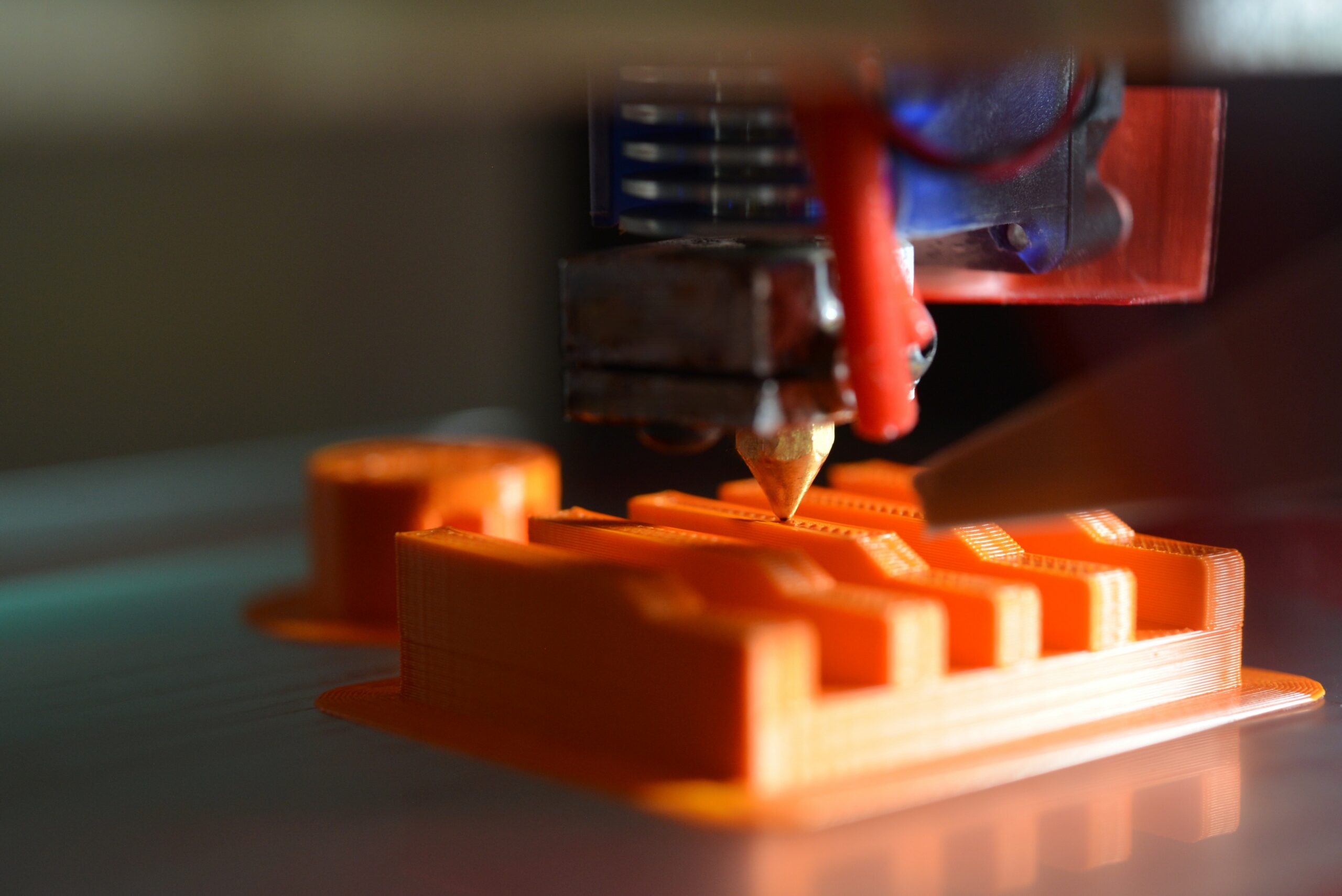Modular construction has emerged as a game-changer in the architecture and construction industry. This innovative approach involves creating building components or modules in a controlled factory setting, which are then transported to the construction site for assembly. Lets dive and explore the benefits, applications, and future prospects of modular construction, highlighting its potential to revolutionize the way we build, emphasizing efficiency, sustainability, and flexibility.
- Understanding Modular Construction: Modular construction, also known as prefabrication, involves the offsite fabrication of building components in a factory-controlled environment. These components, or modules, are manufactured with precision, incorporating various elements such as walls, floors, ceilings, and mechanical systems. The modules are then transported to the construction site and assembled to create a complete building structure.
- Benefits of Modular Construction: Modular construction offers numerous advantages over traditional construction methods:
- Speed and Efficiency: The controlled factory environment allows for simultaneous work on multiple modules, significantly reducing construction time. While modules are being manufactured offsite, site preparation and foundation work can progress, resulting in faster project completion.
- Cost Savings: The efficiency and speed of modular construction translate into cost savings. Factory-controlled production minimizes material waste, labor costs, and potential weather-related delays. Additionally, economies of scale in module production contribute to overall cost reduction.
- Quality Control: Factory production ensures consistent quality, as modules undergo rigorous inspection and testing during the manufacturing process. The controlled environment minimizes the risk of errors, improves precision, and ensures compliance with building codes and standards.
- Sustainability: Modular construction promotes sustainability by reducing waste and energy consumption. Precise material planning in factory settings minimizes construction waste. Furthermore, offsite manufacturing allows for the integration of sustainable features such as energy-efficient systems, recycled materials, and green technologies.
- Applications of Modular Construction: Modular construction has a wide range of applications across various sectors:
- Residential Buildings: Modular construction is gaining popularity in residential projects, including single-family homes, apartments, and student housing. The ability to mass-produce modules offers affordable and customizable housing solutions.
- Commercial and Office Spaces: Modular construction is well-suited for office buildings, retail spaces, and commercial developments. The flexibility of modular design allows for easy reconfiguration and adaptation to changing business needs.
- Healthcare Facilities: Modular construction provides efficient solutions for healthcare facilities such as clinics, hospitals, and laboratories. Offsite manufacturing ensures minimal disruption to ongoing medical operations while delivering high-quality, state-of-the-art facilities.
- Educational Institutions: Modular construction is ideal for educational buildings, including schools, colleges, and universities. The speed of construction allows for faster occupancy, meeting the urgent needs of growing student populations.
- Design Flexibility and Customization: Contrary to the misconception that modular construction limits design creativity, this method offers significant flexibility and customization options. Modular buildings can be designed to meet diverse architectural styles, functional requirements, and aesthetic preferences. Design modifications and expansions can be easily incorporated by adding or removing modules, enabling future flexibility and adaptability.
- Real-World Examples of Modular Construction: Several real-world examples highlight the successful implementation of modular construction:
- The Brooklyn Navy Yard in New York City houses a modular manufacturing facility that produces residential modules. The project demonstrates the scalability and efficiency of modular construction in urban environments.
- The B2 residential tower in Brooklyn, New York, is the tallest modular building in the world. Its 32 stories were assembled using pre-fabricated modules, showcasing the potential for modular construction in high-rise developments.
- The Singapore Sports Hub includes modular elements, such as pre-fabricated bathrooms, that were constructed offsite and installed on-site. The use of modular construction contributed to project efficiency and reduced construction waste.
- Future Prospects and Challenges: The future of modular construction looks promising, with ongoing technological advancements and industry-wide adoption. As modular construction gains traction, challenges such as transportation logistics, coordination between offsite and onsite work, and standardization of module sizes and interfaces need to be addressed. However, innovative approaches, such as the use of robotics and automation in module production and assembly, are already being explored to overcome these challenges.
Modular construction is redefining the way we build, offering numerous advantages in terms of speed, cost efficiency, quality control, sustainability, and design flexibility. The industry’s continued focus on innovation and the adoption of advanced technologies will further enhance the capabilities of modular construction. As we look towards the future, modular construction is poised to play a crucial role in meeting the growing demands for efficient, sustainable, and adaptable building solutions, revolutionizing the construction industry.










